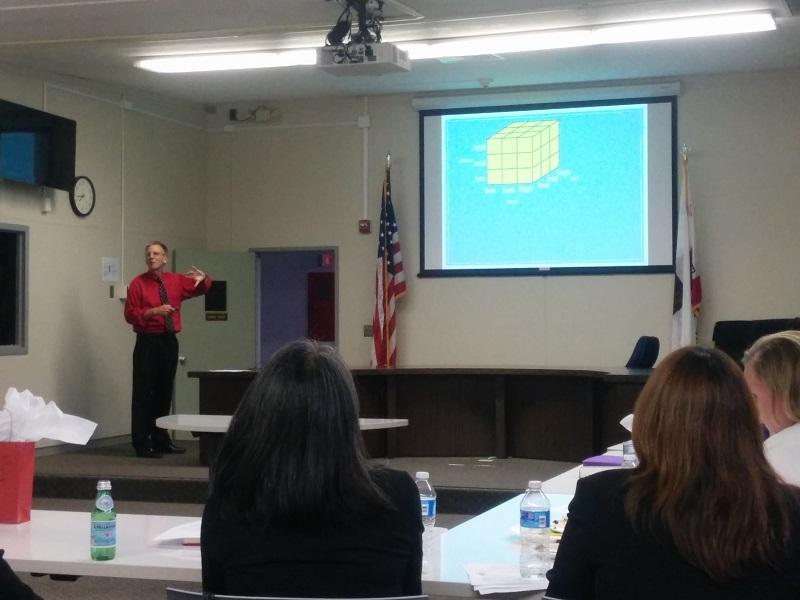
Editor’s Note: The following story was corrected May 1 to read that the committee will be seeking community input after the final draft of the solutions are released and presented to the board and not before the board presentation.
A district-wide committee targeting the achievement gap for students of disadvantaged backgrounds in the Palo Alto Unified School District is refining proposed solutions before presenting to the Board of Education on May 26 and is preparing to seek community input on the finalized draft.
Five subcommittees of the Minority Achievement and Talent Development committee delivered their recommendations during the committee’s convening meeting Tuesday night at the district office after identifying possible solutions to bridge the achievement divide for students of underrepresented minority and socioeconomically-challenged backgrounds. Each subcommittee was assigned to come up with solutions through looking at one of the following targeted focuses: best practices, data analysis, community and district resources, procuring panels and process design.
A writing team comprised of members from the MATD committee is tasked with consolidating the recommendations and preparing a draft, according to district Communications Coordinator Tabitha Kappeler-Hurley. In addition to identifying the finalized solutions, the team will be gathering data on cost and implementation of each solution.
According to a timeline by Palo Alto Unified School District Supt. Max McGee, the draft will continue to be revised until May 21 when the final report and solutions will be sent to the Board of Education. McGee said Tuesday that a select group of members from the full committee will present to the board on May 26. Kappeler-Hurley said that the finalized recommendations should be posted online by May 22, at latest.
During Tuesday’s meeting, Kappeler-Hurley proposed several possible communication methods to get feedback on the drafted solutions from the community after the board presentation. Ideas included customizing types of outreach to target specific audiences; translating the report into five common secondary languages; sending out notifications through student, parent and staff portals like Schoology and Infinite Campus; and having district-hired summer interns create a video of the finalized recommendations. None of the ideas have been implemented as of yet, but Kappeler-Hurley said the committee will be trying to maximize outreach to the best of its ability.
“Although I don’t have an exact timeline or set of specific strategies yet, I will be working with the writing committee and Dr. McGee to reach all audiences in effective way,” Kappeler-Hurley wrote in an email to The Paly Voice.
According to a letter sent out by McGee in December, the committee was assembled to “prepare a set of strategic, evidence-based recommendations that, when implemented, will enable the PAUSD community to assure underrepresented minority students and other students from disadvantaged circumstances have the necessary opportunities, conditions and supports that will empower and enable them to succeed as well as both realize and maximize their full intellectual, creative and social potential.”
As the final meeting of the committee Tuesday night drew to a close, members expressed differing sentiments about the success of the MATD task force.
“We’re ground breakers in closing the achievement gap and I think it’s important that we appreciate that,” committee member and Gunn High School sophomore Shannon Yang said.
Committee member and instructional aide Arcia Dorosti said, “I’m cautious to celebrate anything because I don’t think we’ve accomplished anything just yet until the outcomes change. We still have to see it through.”

